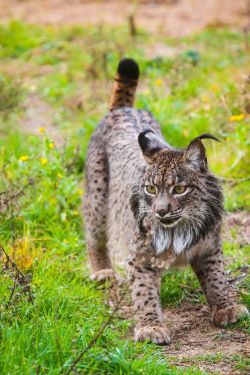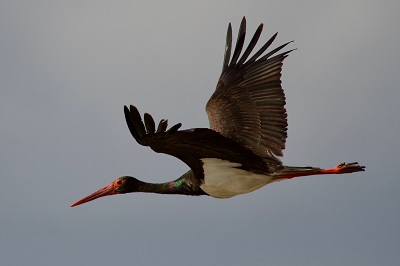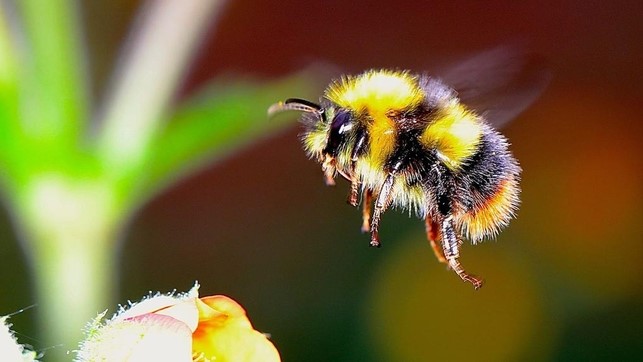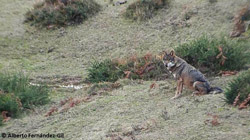
Welcome
Welcome to the official website of the Doñana Biological Station (EBD-CSIC)...

The Doñana Biological Station: EBD-CSIC
The Doñana Biological Station is a public Research Institute belonging to the Spanish Council for Scientific Research CSIC in the area of Natural Resources...

Mission
Our fundamental mission is to carry out multidisciplinary research of the highest standard directed to understanding the way in which biodiversity is generated, maintained and deteriorates, as well as the consequences of its loss...

Our methods
We apply many techniques within a multidisciplinary framework, from molecular genetics to remote sensing, and from modelling to physiological and isotopic analyses...

Monitoring the environment
Monitoring biodiversity at the Doñana Natural Space cover a wide range of communities, including both terrestrial and aquatic organisms...

Aims
Our aims include the study of the ecological and evolutionary processes by combining field work, mathematical and statistical models and physiological and genetic analysis...
 Outstanding
Outstanding
-
 Iberian lynx hybridized with Eurasian lynx over the last few thousand years
Iberian lynx hybridized with Eurasian lynx over the last few thousand years -
 Different frontal colourations in storks (Ciconiidae) reveals short-range visual cues for species recognition
Different frontal colourations in storks (Ciconiidae) reveals short-range visual cues for species recognition -
 Generalized hybridization between commercial and native individuals of bumble bees
Generalized hybridization between commercial and native individuals of bumble bees -
 On the path to extinction: inbreeding and admixture in a declining gray wolf population
On the path to extinction: inbreeding and admixture in a declining gray wolf population -
 Human-induced environmental disturbances increase hybridization rates between two Californian oaks
Human-induced environmental disturbances increase hybridization rates between two Californian oaks

 Iberian lynx hybridized with Eurasian lynx over the last few thousand years
Iberian lynx hybridized with Eurasian lynx over the last few thousand years



